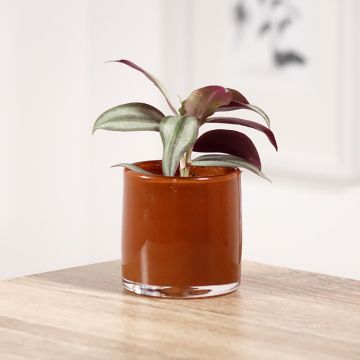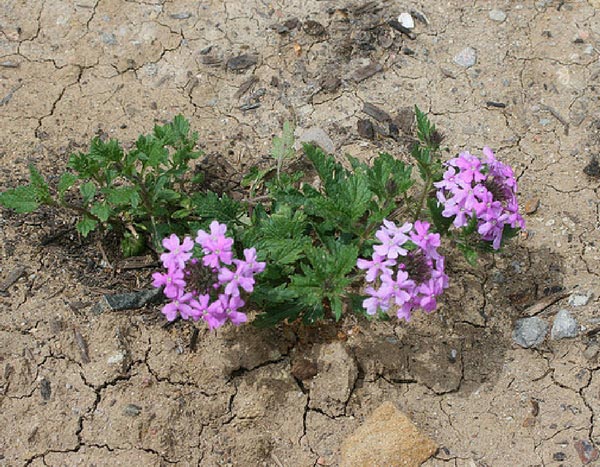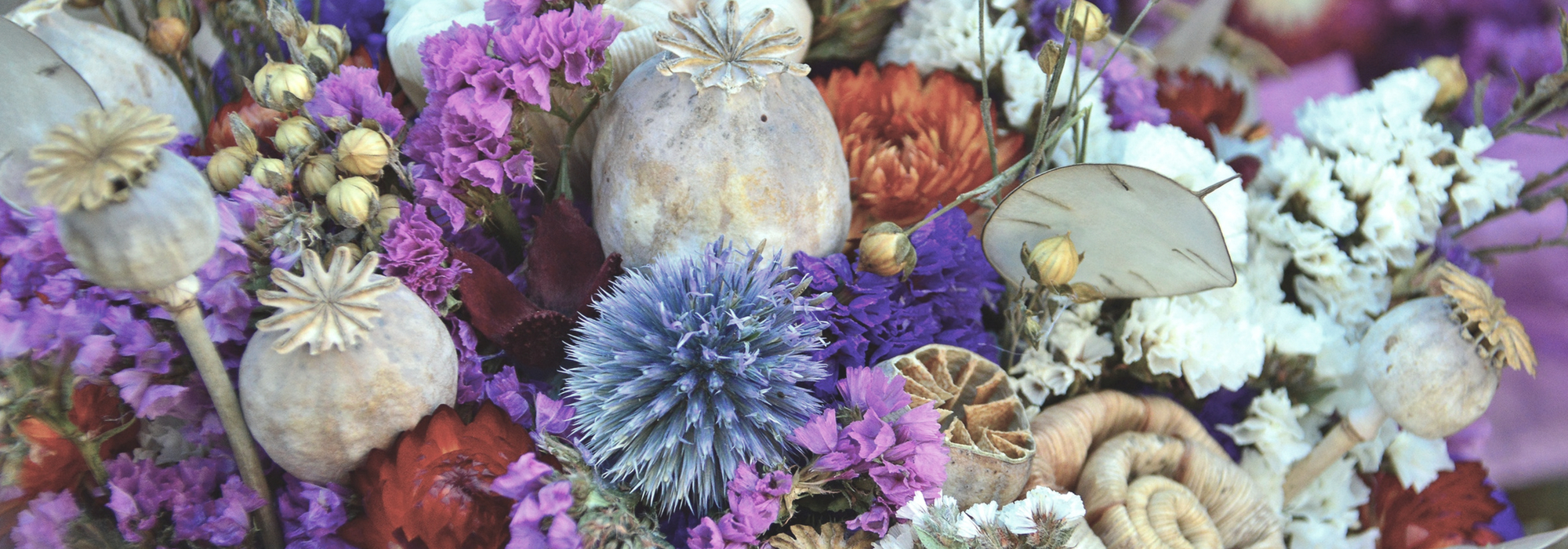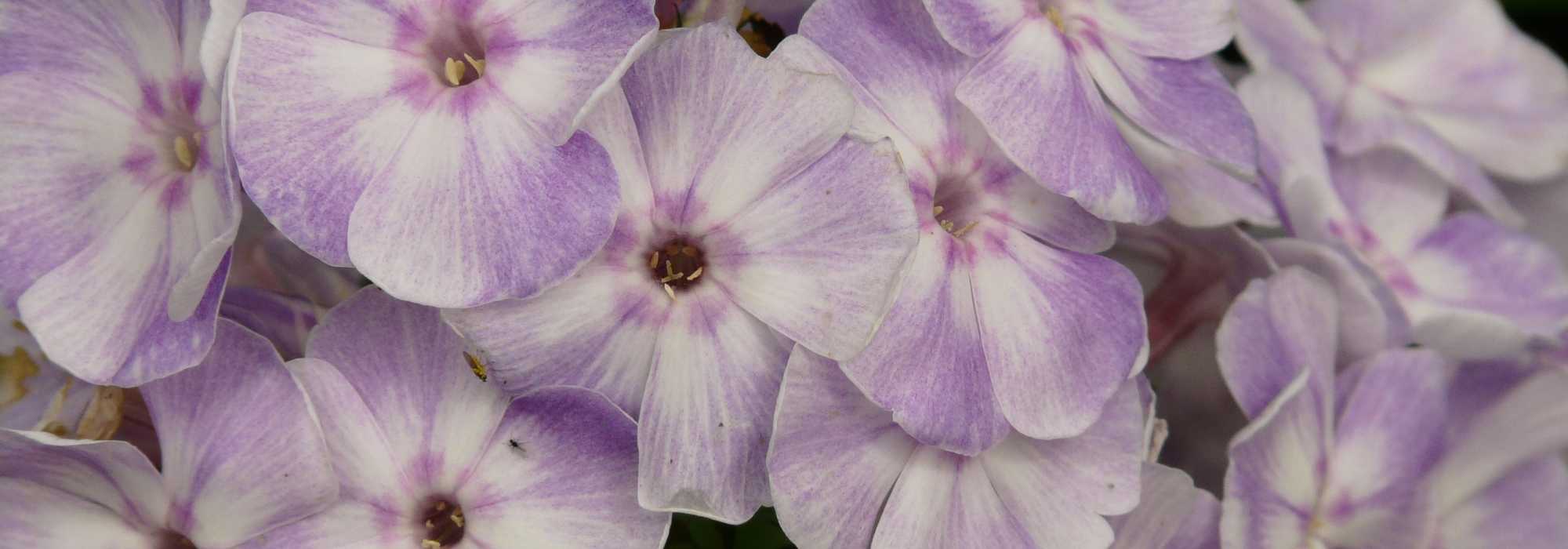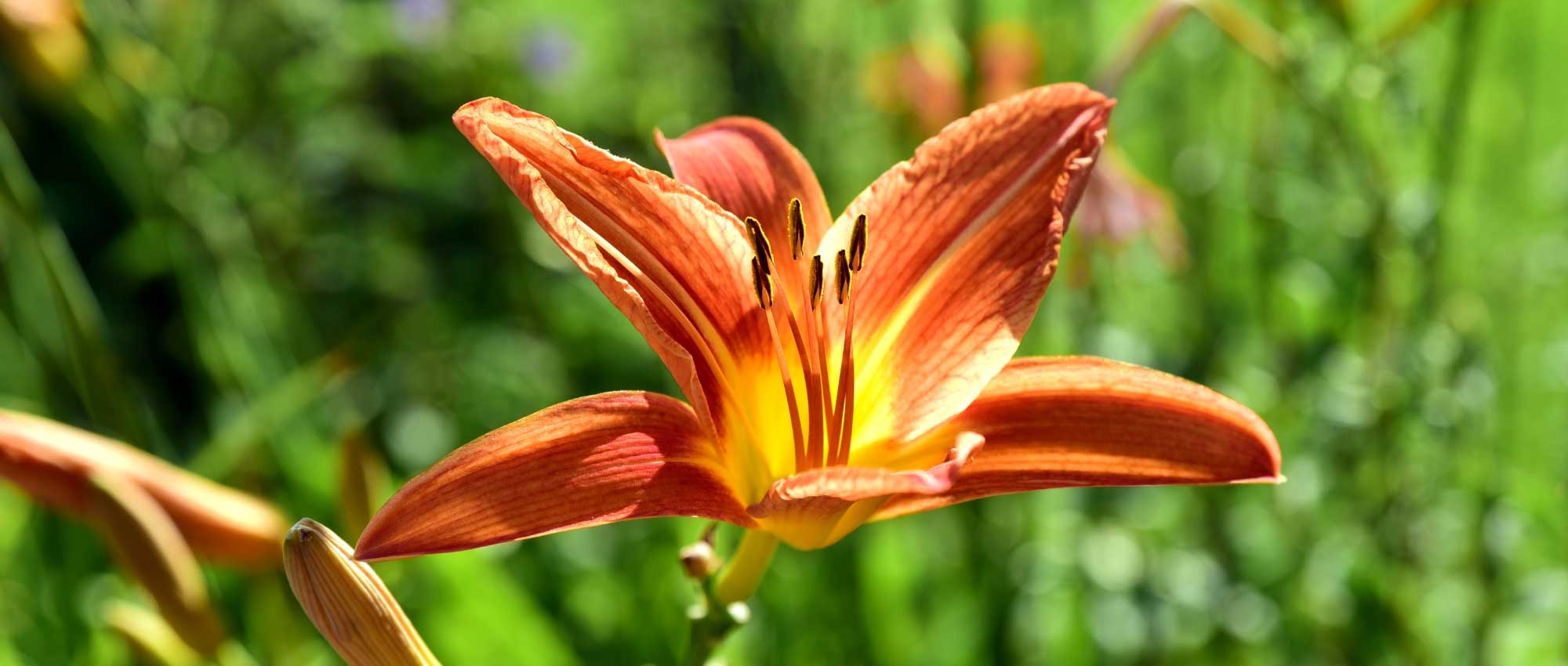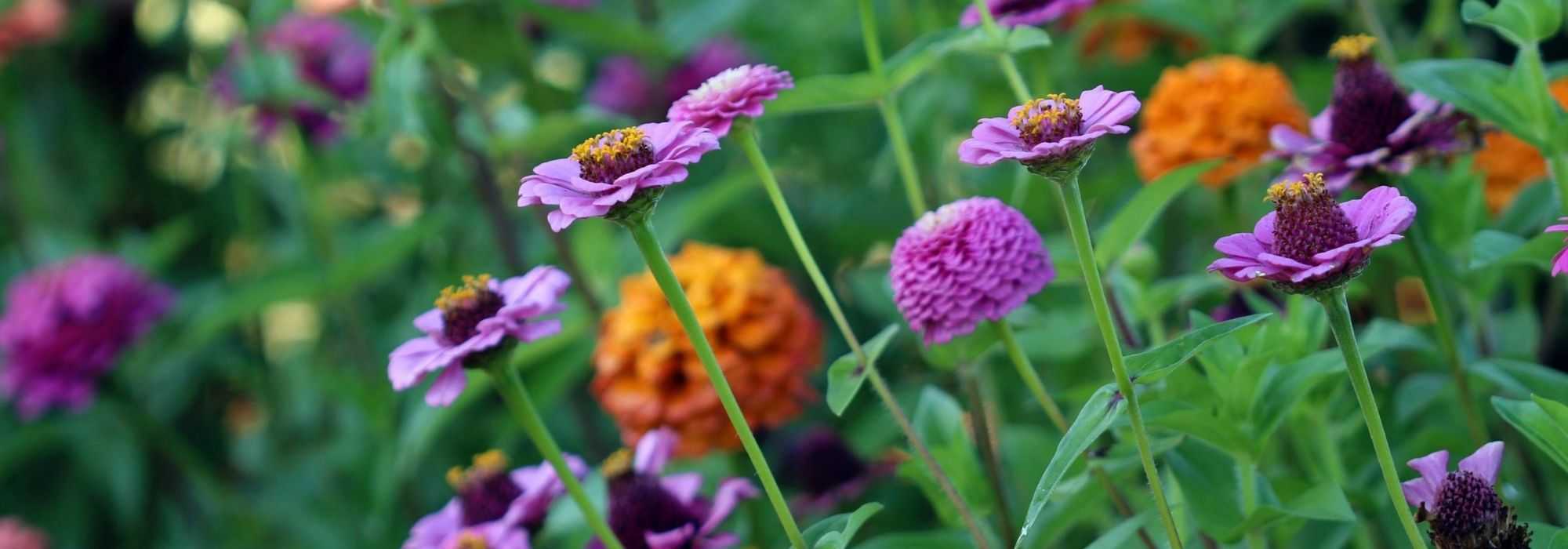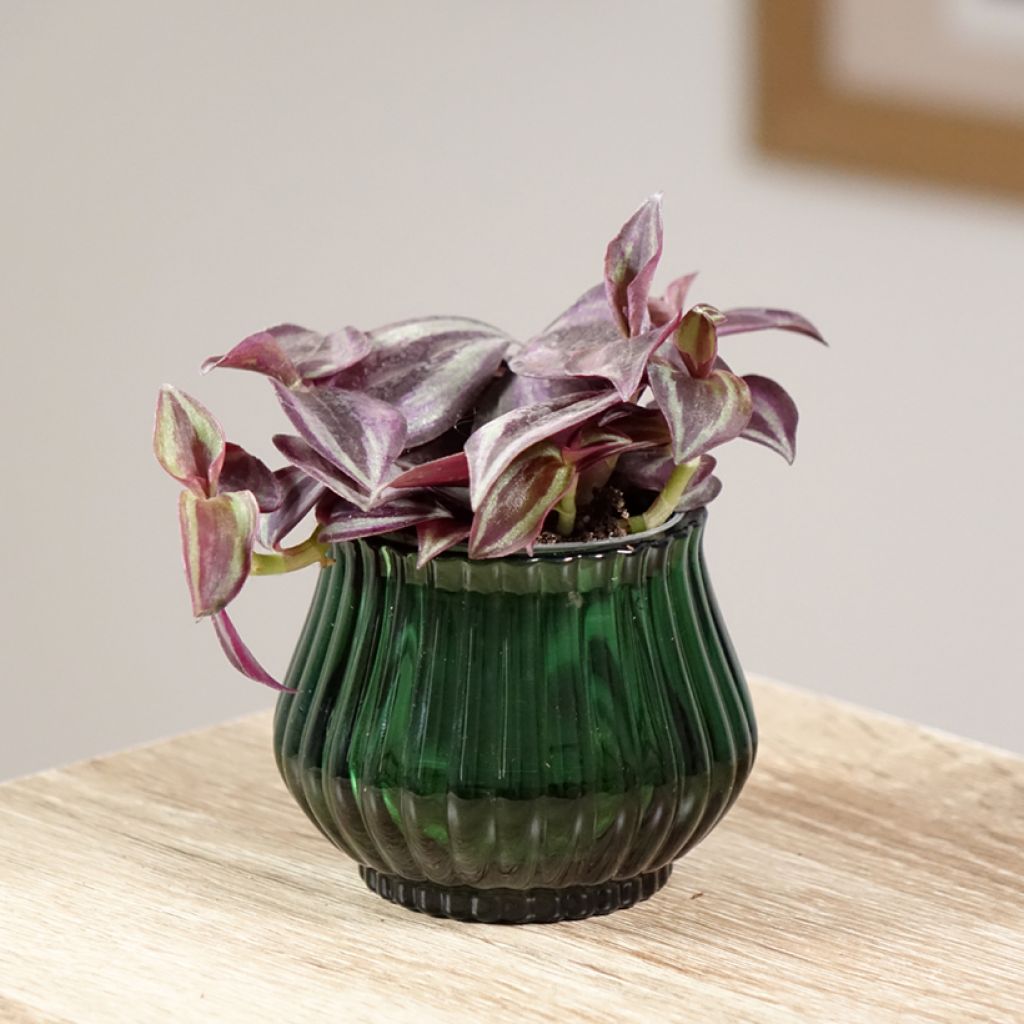

Tradescantia zebrina Purple Joy - Silver inch plant
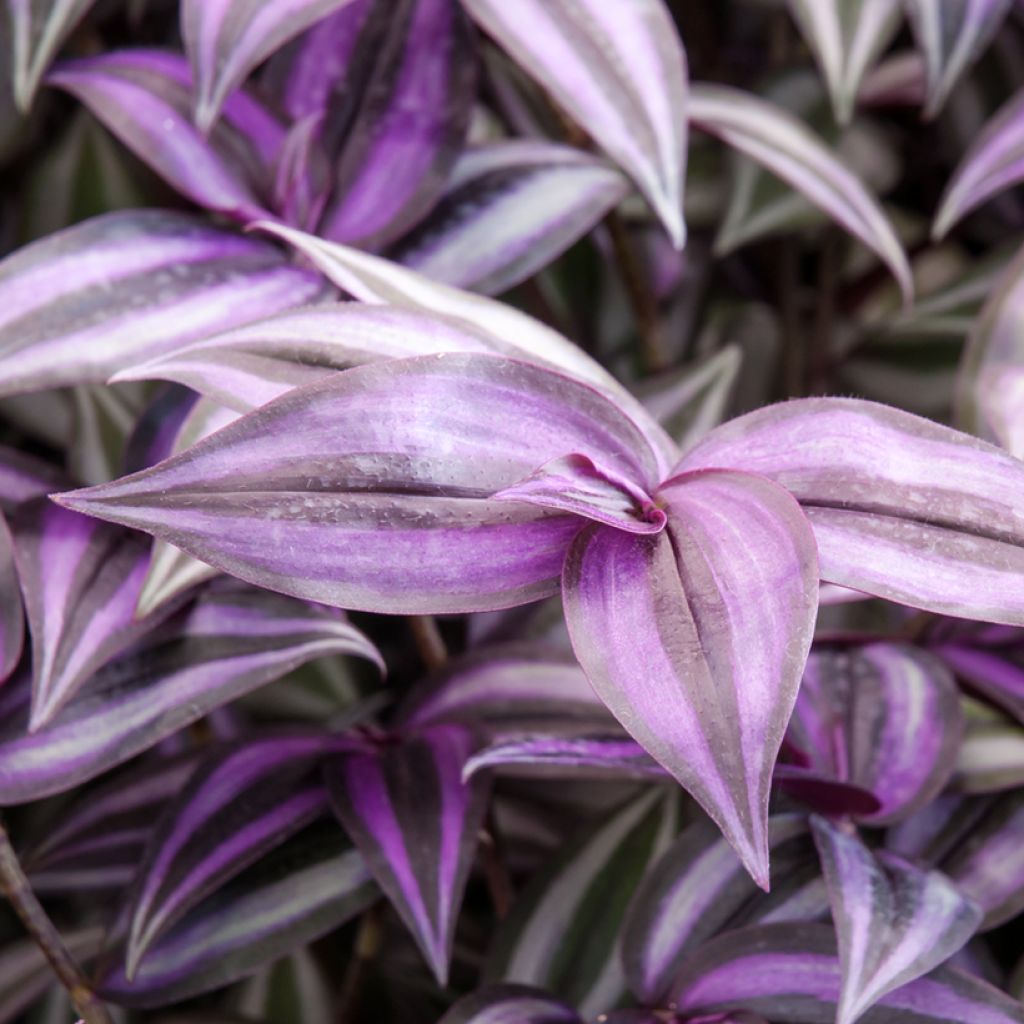

Tradescantia zebrina Purple Joy - Silver inch plant
Tradescantia zebrina Purple Joy - Silver inch plant
Tradescantia zebrina Purple Joy
Silver inch plant, wandering dude, Zebrina pendula
Special offer!
Receive a €20 voucher for any order over €90 (excluding delivery costs, credit notes, and plastic-free options)!
1- Add your favorite plants to your cart.
2- Once you have reached €90, confirm your order (you can even choose the delivery date!).
3- As soon as your order is shipped, you will receive an email containing your voucher code, valid for 3 months (90 days).
Your voucher is unique and can only be used once, for any order with a minimum value of €20, excluding delivery costs.
Can be combined with other current offers, non-divisible and non-refundable.
Home or relay delivery (depending on size and destination)
Schedule delivery date,
and select date in basket
This plant carries a 30 days recovery warranty
More information
We guarantee the quality of our plants for a full growing cycle, and will replace at our expense any plant that fails to recover under normal climatic and planting conditions.
Description
The Tradescantia zebrina 'Purple Joy', commonly known as Wandering Jew, is a popular houseplant prized for its vibrant foliage and easy care. Its deep purple leaves accentuated with silver stripes will add character and elegance to your décor. This variety thrives particularly well in a bright living room or bedroom, blending seamlessly into modern or boho-style interiors. Easy to grow, it is suitable for all indoor plant enthusiasts, even beginners.
The Tradescantia zebrina 'Purple Joy', also known as Wandering Jew, belongs to the Commelinaceae family. This cultivar is synonymous with the Tradescantia zebrina 'Burgundy'. The Tradescantia genus includes around 60 species, primarily native to tropical and subtropical regions of the Americas. The Tradescantia zebrina species originates from Mexico and Central America, where it thrives in cool, shaded forest environments, often in humus-bearing soil rich in organic matter. This perennial has a trailing habit, with fleshy, succulent stems that elongate and cascade gracefully, typically reaching a length of 60 cm or more. The alternate, sheathing leaves measure between 4 and 10 cm long and 1.5 to 3 cm wide. They are ovate, pointed at the tip, with an upper surface displaying deep purple streaked with two silver bands, and a uniformly purple underside. This distinctive colouration reminiscent of a zebra pattern is the origin of the specific name zebrina. Flowering, which rarely occurs in indoor cultivation, usually takes place in summer. The small, discreet flowers have three pink to purple petals.
As a houseplant, the Tradescantia zebrina 'Purple Joy' prefers bright light without direct sun exposure, which may dull its foliage’s vibrancy. The moderate humidity of our homes suits it well, and it enjoys temperatures between 15 and 25°C. Watering should be regular, keeping the substrate slightly moist but avoiding excess water, which could lead to root rot. A well-draining, organic-rich substrate is ideal for its growth. It propagates very easily from cuttings.
The Tradescantia zebrina ‘Purple Joy’ is perfect for dressing up a living room, bedroom, or even a bathroom if well lit. Placed in an elegant hanging planter, an elevated pot, or a minimalist cache-pot, it will becomes a true living decorative piece. Pair it with light wood elements or neutral tones to highlight its colours and add a contemporary touch to your space. It is the ideal plant to bring life to your shelves or soften a bright corner. Combine it with other easy-care trailing plants like a Ceropegia woodii (String of Hearts), with its small heart-shaped leaves, or a Chlorophytum variegated with green and white.
Tradescantia zebrina Purple Joy - Silver inch plant in pictures


Foliage
Plant habit
Flowering
Botanical data
Tradescantia
zebrina
Purple Joy
Commelinaceae
Silver inch plant, wandering dude, Zebrina pendula
Cultivar or hybrid
Safety measures
Other Indoor Tradescantia
View all →Location
Location
Maintenance and care
Watering tips
Potting advice, substrates and fertilisers
Houseplant care
Disease and pest advice
Maintenance and care
Planting & care advice
This item has not been reviewed yet - be the first to leave a review about it.
Haven't found what you were looking for?
Hardiness is the lowest winter temperature a plant can endure without suffering serious damage or even dying. However, hardiness is affected by location (a sheltered area, such as a patio), protection (winter cover) and soil type (hardiness is improved by well-drained soil).

Photo Sharing Terms & Conditions
In order to encourage gardeners to interact and share their experiences, Promesse de fleurs offers various media enabling content to be uploaded onto its Site - in particular via the ‘Photo sharing’ module.
The User agrees to refrain from:
- Posting any content that is illegal, prejudicial, insulting, racist, inciteful to hatred, revisionist, contrary to public decency, that infringes on privacy or on the privacy rights of third parties, in particular the publicity rights of persons and goods, intellectual property rights, or the right to privacy.
- Submitting content on behalf of a third party;
- Impersonate the identity of a third party and/or publish any personal information about a third party;
In general, the User undertakes to refrain from any unethical behaviour.
All Content (in particular text, comments, files, images, photos, videos, creative works, etc.), which may be subject to property or intellectual property rights, image or other private rights, shall remain the property of the User, subject to the limited rights granted by the terms of the licence granted by Promesse de fleurs as stated below. Users are at liberty to publish or not to publish such Content on the Site, notably via the ‘Photo Sharing’ facility, and accept that this Content shall be made public and freely accessible, notably on the Internet.
Users further acknowledge, undertake to have ,and guarantee that they hold all necessary rights and permissions to publish such material on the Site, in particular with regard to the legislation in force pertaining to any privacy, property, intellectual property, image, or contractual rights, or rights of any other nature. By publishing such Content on the Site, Users acknowledge accepting full liability as publishers of the Content within the meaning of the law, and grant Promesse de fleurs, free of charge, an inclusive, worldwide licence for the said Content for the entire duration of its publication, including all reproduction, representation, up/downloading, displaying, performing, transmission, and storage rights.
Users also grant permission for their name to be linked to the Content and accept that this link may not always be made available.
By engaging in posting material, Users consent to their Content becoming automatically accessible on the Internet, in particular on other sites and/or blogs and/or web pages of the Promesse de fleurs site, including in particular social pages and the Promesse de fleurs catalogue.
Users may secure the removal of entrusted content free of charge by issuing a simple request via our contact form.
The flowering period indicated on our website applies to countries and regions located in USDA zone 8 (France, the United Kingdom, Ireland, the Netherlands, etc.)
It will vary according to where you live:
- In zones 9 to 10 (Italy, Spain, Greece, etc.), flowering will occur about 2 to 4 weeks earlier.
- In zones 6 to 7 (Germany, Poland, Slovenia, and lower mountainous regions), flowering will be delayed by 2 to 3 weeks.
- In zone 5 (Central Europe, Scandinavia), blooming will be delayed by 3 to 5 weeks.
In temperate climates, pruning of spring-flowering shrubs (forsythia, spireas, etc.) should be done just after flowering.
Pruning of summer-flowering shrubs (Indian Lilac, Perovskia, etc.) can be done in winter or spring.
In cold regions as well as with frost-sensitive plants, avoid pruning too early when severe frosts may still occur.
The planting period indicated on our website applies to countries and regions located in USDA zone 8 (France, United Kingdom, Ireland, Netherlands).
It will vary according to where you live:
- In Mediterranean zones (Marseille, Madrid, Milan, etc.), autumn and winter are the best planting periods.
- In continental zones (Strasbourg, Munich, Vienna, etc.), delay planting by 2 to 3 weeks in spring and bring it forward by 2 to 4 weeks in autumn.
- In mountainous regions (the Alps, Pyrenees, Carpathians, etc.), it is best to plant in late spring (May-June) or late summer (August-September).
The harvesting period indicated on our website applies to countries and regions in USDA zone 8 (France, England, Ireland, the Netherlands).
In colder areas (Scandinavia, Poland, Austria...) fruit and vegetable harvests are likely to be delayed by 3-4 weeks.
In warmer areas (Italy, Spain, Greece, etc.), harvesting will probably take place earlier, depending on weather conditions.
The sowing periods indicated on our website apply to countries and regions within USDA Zone 8 (France, UK, Ireland, Netherlands).
In colder areas (Scandinavia, Poland, Austria...), delay any outdoor sowing by 3-4 weeks, or sow under glass.
In warmer climes (Italy, Spain, Greece, etc.), bring outdoor sowing forward by a few weeks.































